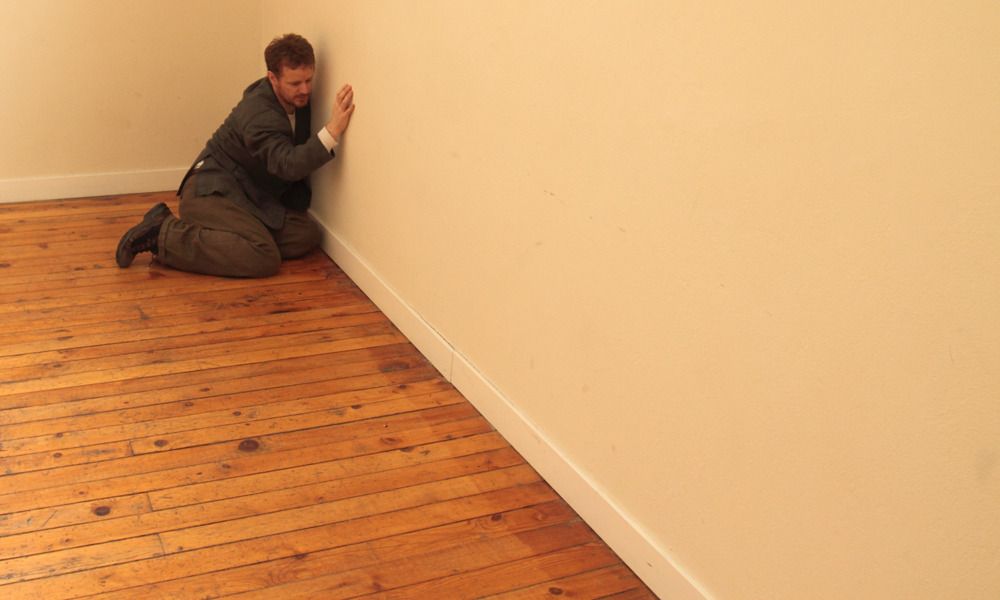I’ve started doing dance technique classes again. This is the first time I’ve done classes regularly since about about 2002. It is also the first time I’ve learned Limón technique.
My doing classes is all part of a system that Erica Stanton has implemented at Roehampton Dance whereby two teachers experience each other’s work, and in so doing are able to build on that work. For example, Erica is teaching Limón classes to (final year) undergrad students, and I am simply participating in these classes. I don’t really add anything from a teaching perspective, but I do gather a lot of insight into how the students work, and how they are experiencing these materials. It’s revealing (inevitably), and I get to experience first hand how they are coping with the materials, what is clear, what isn’t, and how each of the students is approaching the work.
After 7 weeks, I start teaching the class — but I’ll be working with improvisation strategies — and Erica becomes the dancer with the students. My teaching improvisation is an important part of Erica’s plan — that each of the practitioners involved in teaching these ‘shared’ classes develops ideas and exercises that respond to their current interests/practice.
But this is not what this post is about.

In just under ten years since I was last doing daily class, I’ve done a lot of dancing, a lot of running (and a lot of cooking), but I have also turned 40 and this body is not the same as it was as a 33 year old. In the first of Erica’s classes, I was worried about ‘subjecting myself’ to the physical movements ‘prescribed’ by another, but this didn’t prove to be such a concern. What was difficult was, first of all, the concern that I’d no longer be able to pick up materials/exercises as I used to be able to. Second, and more frightening, was my experience of loss: mobility, strength, facility, and my capacity to actually get my body to particular locations in space on time. I know this is a common experience for dancers as they age, but not doing daily class for so long had hidden this gradual loss, and my gentle confrontation with Erica’s Limón class provided plenty of evidence.
Like seeing an friend for the first time in a long time. We both know we are different, but we say things like “you haven’t changed a bit”. Well, I have changed and this decay is not easy.
Image courtesy of Boriana Pandova. Performance of Bagryana Popov’s He is not here, Sofia, January 2011